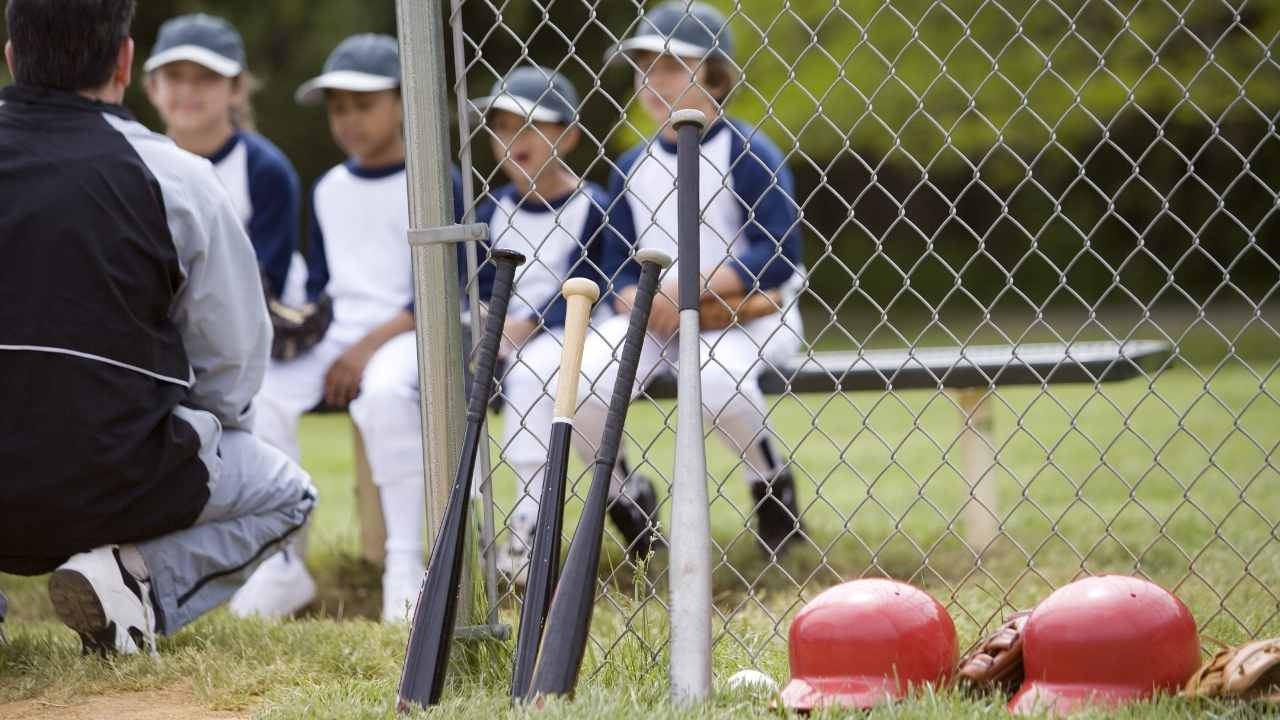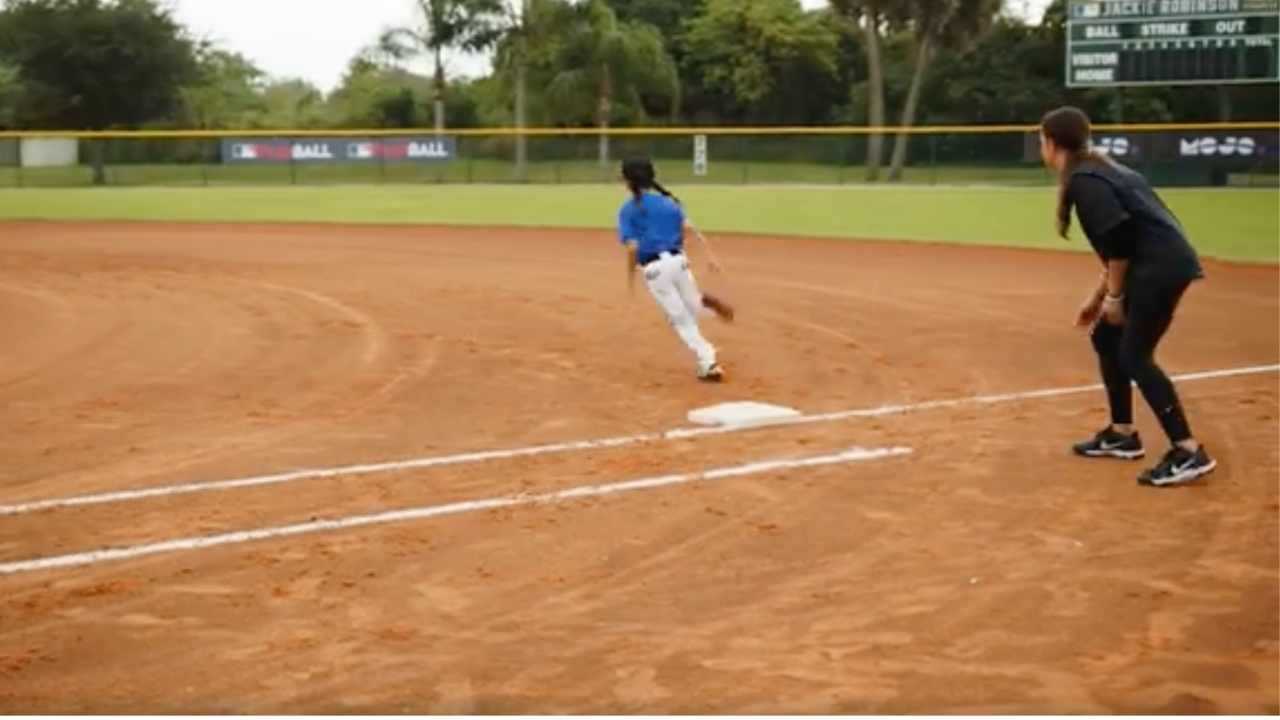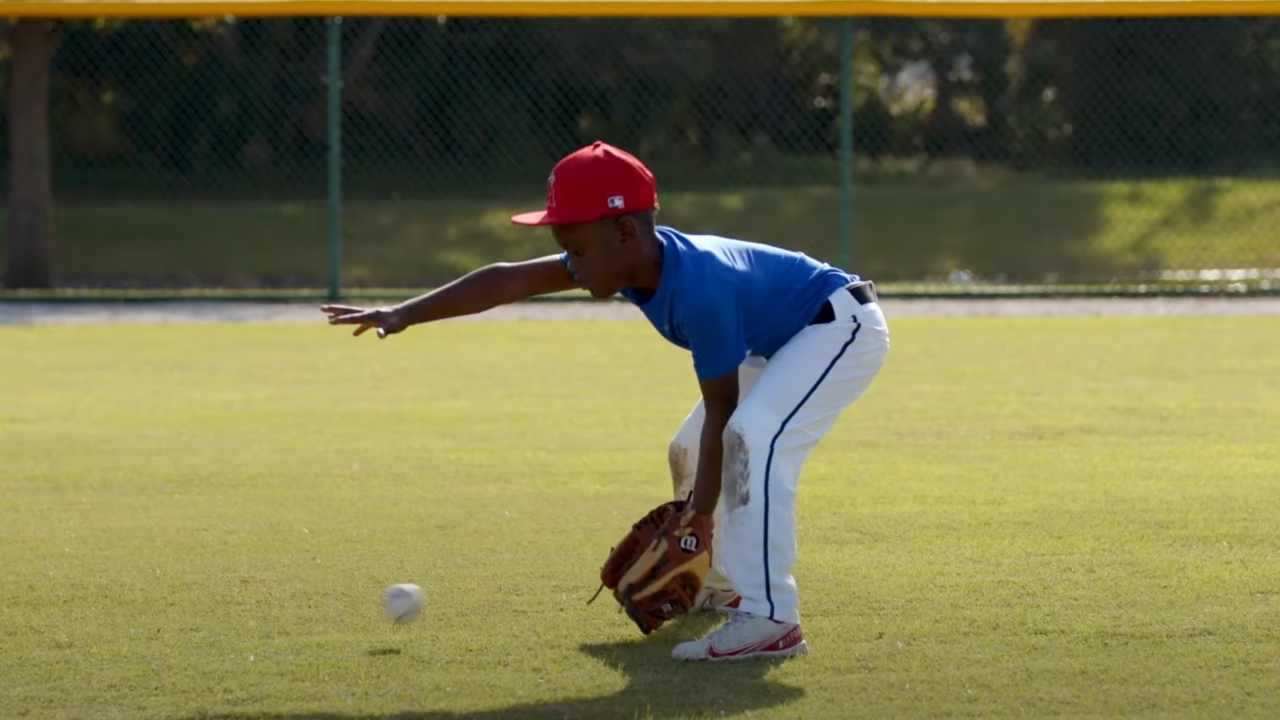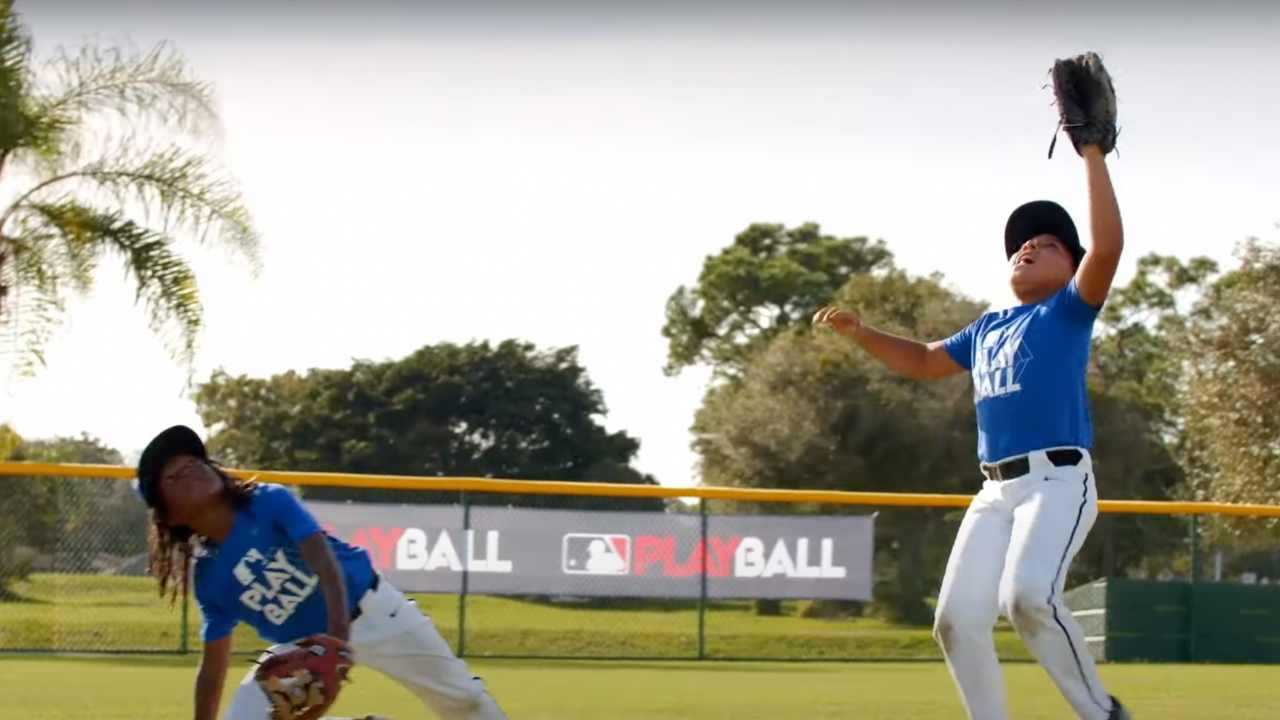How to Rotate Positions
Master the art of playing time in baseball and softball
Sue Pierce
| 3 min read

Canva
Setting field positions for a softball or baseball game can be a Sudoku-esque mind exercise. There are a lot of factors to juggle — rules, safety, players’ wants, parents’ requests. And these factors can change as kids get older.
“At the youngest ages, just keep it fair,” says Dan Keller, longtime baseball coach and founder of Dugout Captain. Enjoy it now – it will get more complicated later. Luckily, we’ve got some strategies to get coaches on the right path from the start.
Play by the rules
Most leagues have rules to ensure equal playing time, especially for the young age groups. Two common rules: Coaches need to play everyone in the infield at least once, and all players must sit out once before someone sits out twice. Be sure to follow your league rules. It may seem like common sense, but sometimes coaches need a little nudge to keep things fair.
Keep it random
Assign positions at random. It’s that easy. Start by making a template lineup that follows all the league rules. Number the positions on a field diagram, or list the positions on a spreadsheet, one through 12. Then list your players by alphabetical order, birthdate, or at random. For the first game, place the players in their corresponding number spots, then adjust it by one for the next game. Player one goes to the number two position, player two goes to the three spot, and so on. This way, says Keller, “you’re just fair and equitable across the board.”
Pick a philosophy
Randomly placing kids in the field is easy when they are young. “At 6 years old, 80 percent of kids can’t catch,” says Keller. “I can let everybody have a chance at 1st.” Working on skill development is a no-brainer.
As kids get a bit older, coaches need to choose a philosophy – playing to win or playing for development. This philosophy will directly affect how positions are assigned. For 9- and 10-year-olds, safety becomes a factor. “You’ve got to have a 1st baseman that can safely catch,” says Keller.
By 11 and 12, most kids want a more competitive level of play. Second base becomes a go-to position that fulfills the infield requirement, but is a good spot for less athletic players. Most batters are righties and tend to pull so balls end up toward 3rd base.
Handling requests
A kid wants to play catcher, but… they can’t catch. What’s a coach to do? It’s good to think about this before you’re mid-season and having an awkward conversation.
One strategy is to start the first half of the season with equal game play, then narrow down positions as the season goes on. Another option: With both safety and coaching philosophy in mind, put together a rubric for game time. If your team is up or down by eight runs, commit to fulfilling a player request. Send that kid in to catch. Just be careful not to send in a new pitcher and catcher at the same time. Set guidelines for pitchers. If a pitcher walks four or five kids, they come off the mound.
Consider sending an email to parents at the beginning of the season explaining how you’re going to set up lineups and the rubrics used during games. It’s a great way to set expectations from the get-go.
Dan Keller is part of MOJO’s Partnerships & Strategy team.




